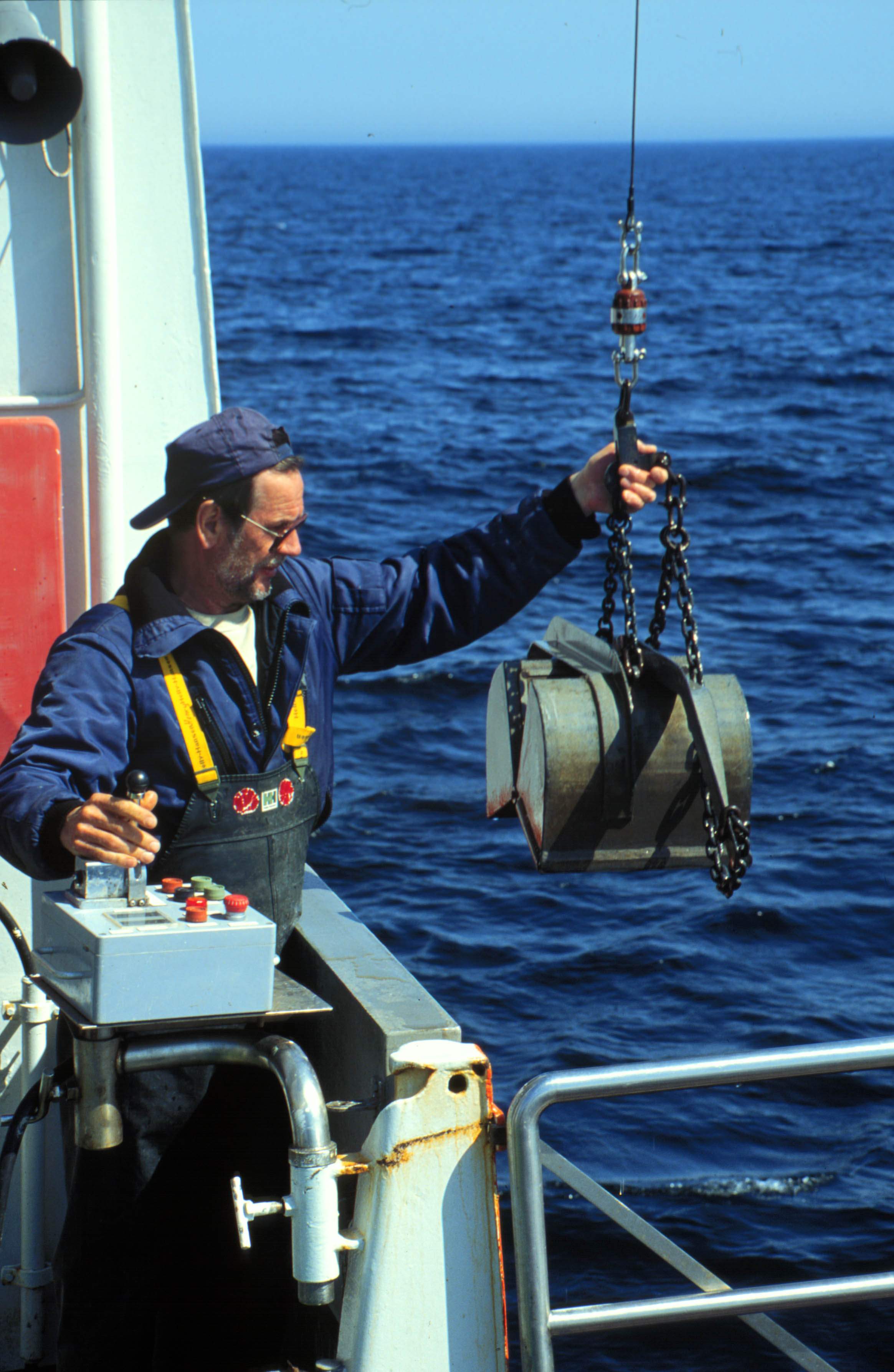HELCOM monitoring programmes
The HELCOM assessment products, based on quality assured data, are needed to make sound decisions for how to restore the Baltic Sea ecosystem, to support the implementation of the HELCOM objectives and actions and to identify emerging environmental problems. For this reason a procedure to harmonize the monitoring at the regional Baltic Sea level has been agreed upon.
Monitoring is since long a well established function of the Helsinki Convention. Monitoring of inputs of nutrients and hazardous substances started in 1998. Monitoring of physical, chemical and biological variables of the open sea started in 1979, monitoring of radioactive substances in the Baltic Sea started in 1984.
The HELCOM monitoring system consists of several complementary programmes

The Pollution Load Compilation programmes (PLC-Air and PLC-Water) quantify emissions of nutrients and hazardous substances to the air, discharges and losses to inland surface waters, and the resulting air and waterborne inputs to the sea.
The COMBINE programme quantifies the impacts of nutrients and hazardous substances in the marine environment, also examining trends in the various compartments of the marine environment (water, biota, sediment). The programme also assesses physical forcing.
COMBINE monitoring data can be viewed via the HELCOM Indicator Database web interphase.
Monitoring of radioactive substances (MORS) quantifies the sources and inputs of artificial radionuclides, as well as the resulting trends in the various compartments of the marine environment (water, biota, sediment).
HELCOM also coordinates the surveillance of deliberate illegal oil spills around the Baltic Sea, and assesses the numbers and distribution of such spills on an annual basis.
Detailed information on HELCOM monitoring programmes is presented on the Guidelines page.
HELCOM MONAS also promotes and tests new monitoring and assessment techniques, such as models, geographical information systems, remote sensing, and environmental indicators.
HELCOM MONAS works together with several international organisations, including the Co-operative Programme for the Monitoring and Evaluation of Long-range Transmission of Air Pollutants in Europe (CLRTAP/EMEP), the International Council for the Exploration of the Sea (ICES), the European Environmental Agency (EEA), and the International Atomic Energy Agency (IAEA).

